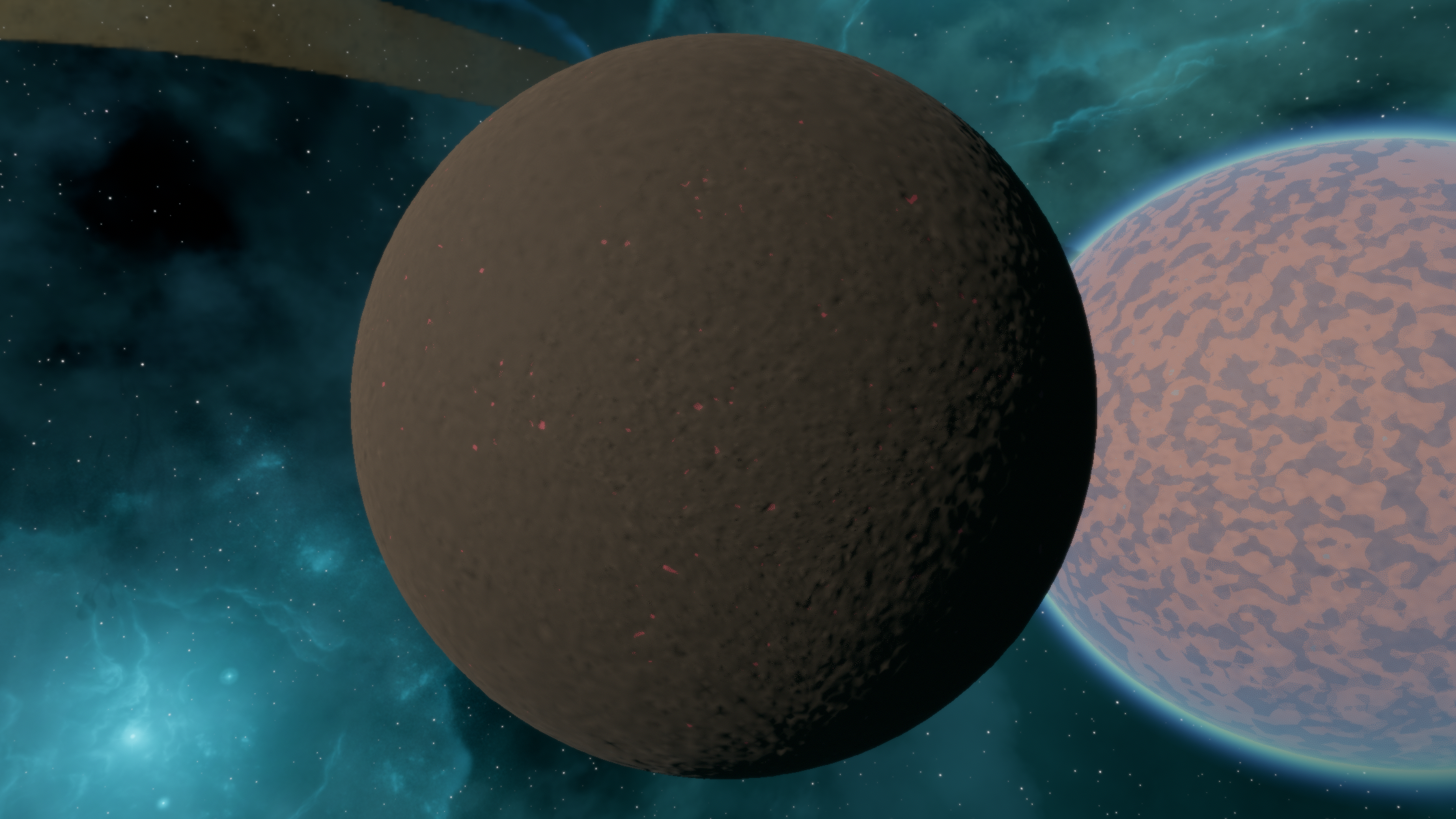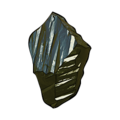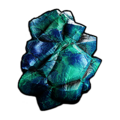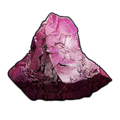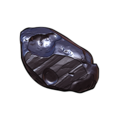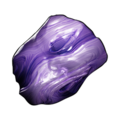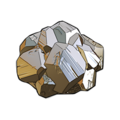Pasithea
Revision as of 21:39, 28 June 2024 by Dusty (talk | contribs) (Created page with "{{SB Infobox Begin |{{SB Infobox Header |image=Image:Pasithea.png |factionLogo= |caption= |name= |border=none |edgeless=true }} {{SB Infobox Celestial Body General Information |pronunciation={{IPAc-en|p|ə|ˈ|s|ɪ|θ|.|i|.|ə}} |languageOrigin=Ancient Greek |ipaKey=key |alias=AnaMllaan |class=Submoon |satelliteOf=Hemera |location=1st moon of Hemera |orbital...")
Pasithea
Pronunciation/pəˈsɪθ.i.ə/
(Ancient Greek) - IPA(key)
(Ancient Greek) - IPA(key)
AliasesAnaMllaan
ClassificationSubmoon
Satellite ofHemera
Location1st moon of Hemera
Orbital Distance~ 300 km
Moon Characteristics
Volume2.68×105 km
Diameter80 km
Crust MaterialValkite
Surface Gravity0.5 G
Gravity Well16 km
Notable Minerals
Pasithea (/pəˈsɪθ.i.ə/) is the closest satellite to the moon Hemera, at just over 300 kilometers. Like its sibling subsatellite Mouros, Pasithea lacks any atmosphere, and its surface — though smoother — is equally riddled with mountainous ridges which rise from the surface at a shockingly steep rate. In some places, the crust has been ablated and the bright red mantle of the moon is exposed.
Nomenclature
From Greek mythology, Pasithea is one of the 50 daughters of the Old Man of the Sea Nereus and the Oceanid Doris, and who are sisters to their brother Nerites. They often accompany Poseidon, the god of the sea, and can be friendly and helpful to sailors.
